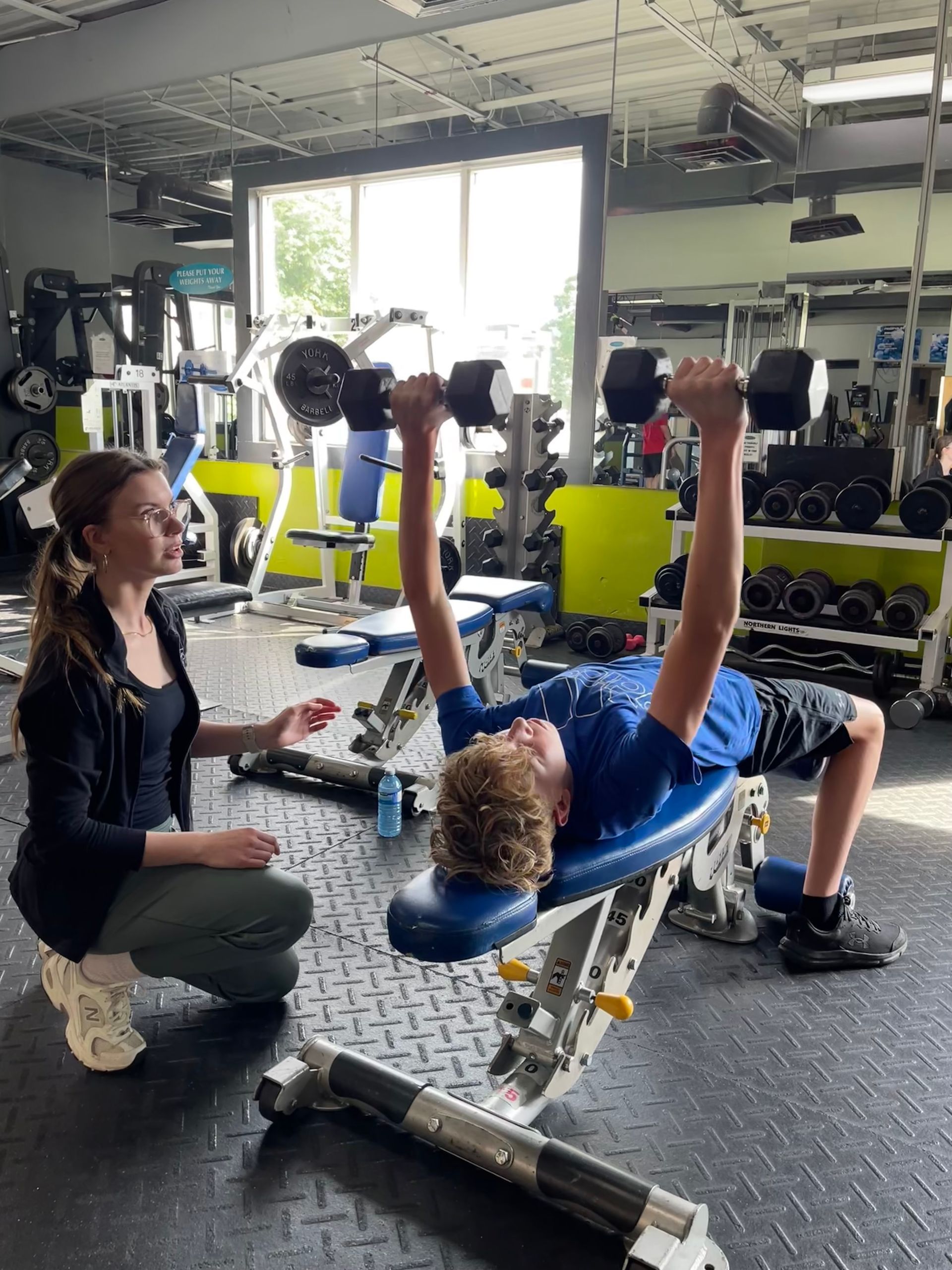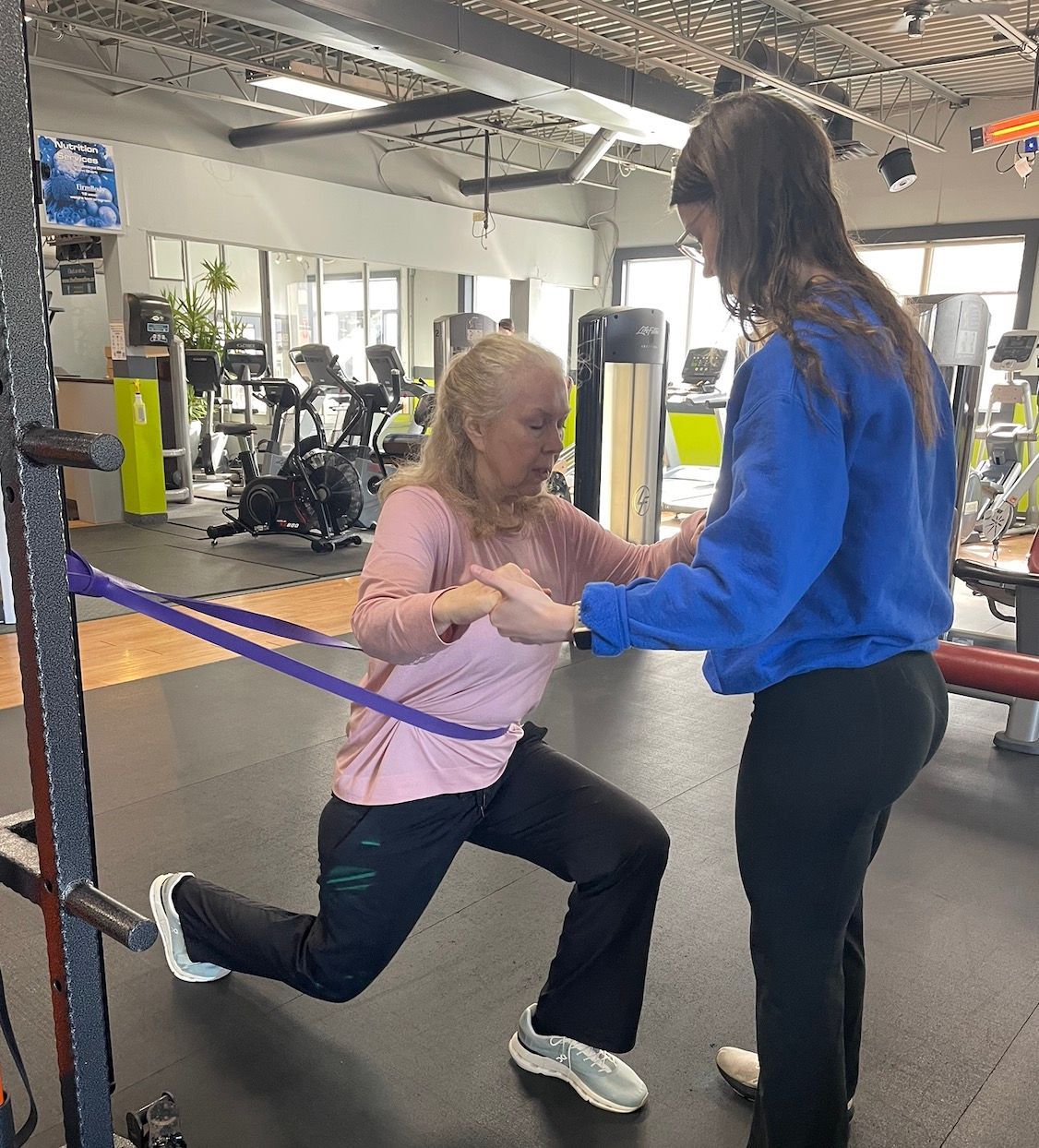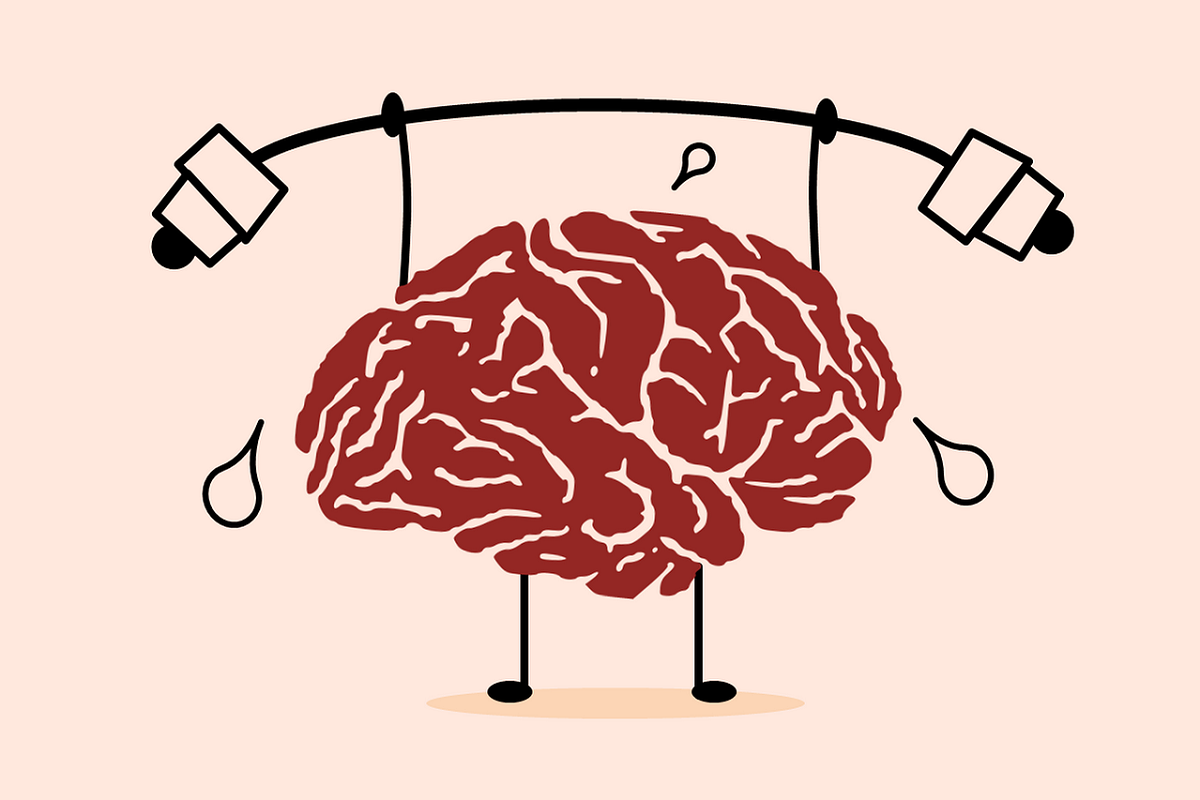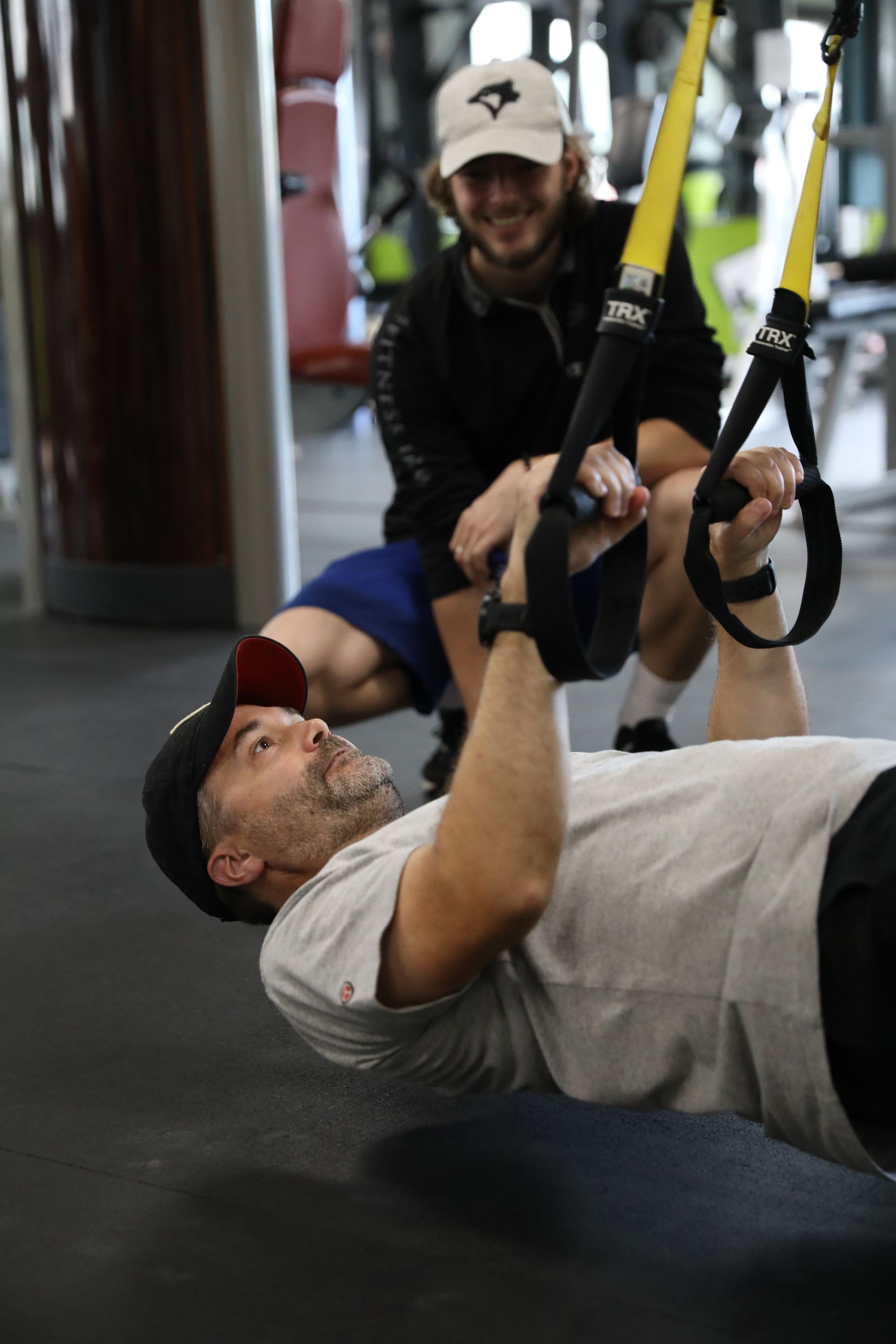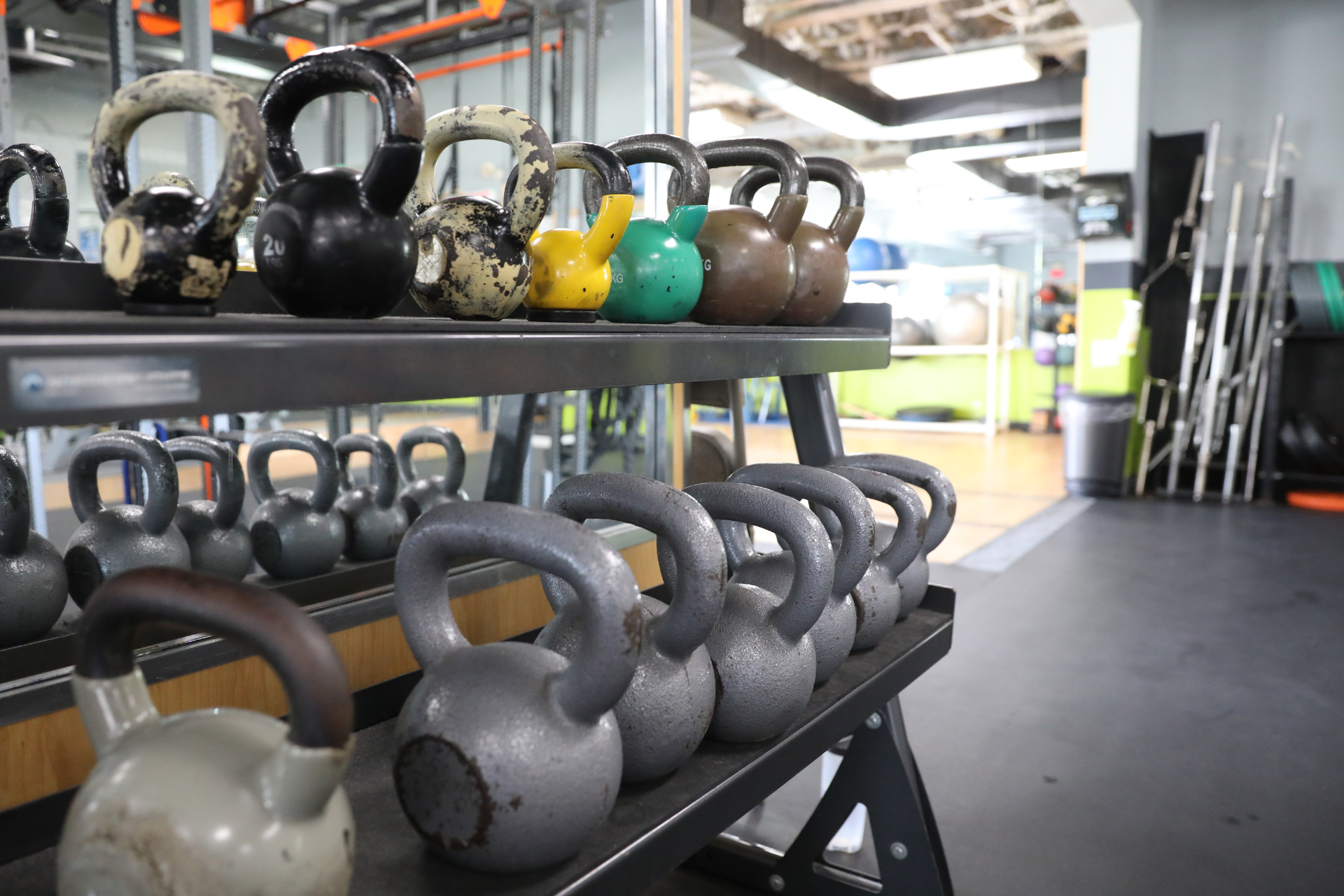This is a subtitle for your new post
A large number of older adults (defined at those 65+ years old) have a huge misconception regarding continuing, or beginning, a strength training regime as they age. Many believe that strength training will provide more discomfort than benefit, so the perceived risk-reward balance tips towards avoidance. For example, only 11%
of individuals aged 65+ engage in regular muscle strengthening activities, and the number drops to less than 5%
for those 85+. If you think this to be true, we are going to debunk that myth today. And if you believe in weight training as you age, here is some great information to reinforce it.
Although individuals usually feel some discomfort after lifting weights, the muscle tension you feel after exercise is essentially muscle building itself to get larger and stronger; not muscle or joint damage. Actually, weight training for older adults typically mitigates age-related declines in joint strength, damage, and fatigue. In the long run, a consistent strength routine will help mitigate age-related aches and pains in muscle, joints, and bone.
Speaking of bone… Weight-bearing exercise, such as walking, being on your feet, and leg exercises, such as squats and lunges, improves bone density, volume, and strength. This is super important to maintaining long-term health, as it will delay the onset of osteoporosis, and reduce the risk for a fracture if you experience a bad enough fall.
Speaking of falls… Incorporating balance and power training into a strength routine creates the most effective recipe for reducing the risk of falls as we age. So, if you do happen to mis-step, you will be able to control your balance and will be strong enough to catch yourself before you completely fall to the ground. This is also why it’s important to work on strength in all planes of movement; so you will be best prepared to recover no matter what direction you fall in. Another important aspect of reducing the risk for falls is power. Power, in terms of muscle and strength, is how quickly you can recruit and use the muscles in your body. An example of this in strength training is doing bicep curls, but performing them quickly. If you can move your muscles fast enough, the theory is that if you trip, you will be able to move your foot fast enough to stabilize yourself so you don’t end up on the ground.
Keep your independence! Muscle wasting due to lack of use contributes to the greatest loss of independence as you age. The Canadian Society for Exercise Physiology recommends that older adults participate in muscle and bone-strengthening exercises at least twice per week to maintain functionality as we age. But, don’t forget that the more physical activity, the greater the health benefits. Twice per week is the minimum - shoot higher!
If you need more convincing, here are some great points on the benefits of exercise and strength training as we age:
- Slows the physiologic changes of aging that reduce exercise capacity (i.e., what happens in your body to make you suddenly get winded when walking around the block).
- Optimizes age-related changes in body composition (it’s normal for fat mass to increase as we age… exercise slows this process).
- Promotes physical and cognitive wellbeing (keeps you sharper for longer).
- Manages chronic diseases (hypertension, heart disease, diabetes) and reduces pain.
- Reduces the risk of physical disability.
- Increases longevity.
- Maintenance of functional independence so you can continue with your activities of daily living without struggle.
- Maintenance of bone health (reduce risk of falls, fractures, osteoporosis, etc.).
- Maintain mental health and improve energy.
Just remember - improvements are possible at ANY age! Don’t be scared of weight training - it will provide you with a plethora of benefits in the long run.
Need help? Contact us here
to chat about Personal Training @ The Firm!

